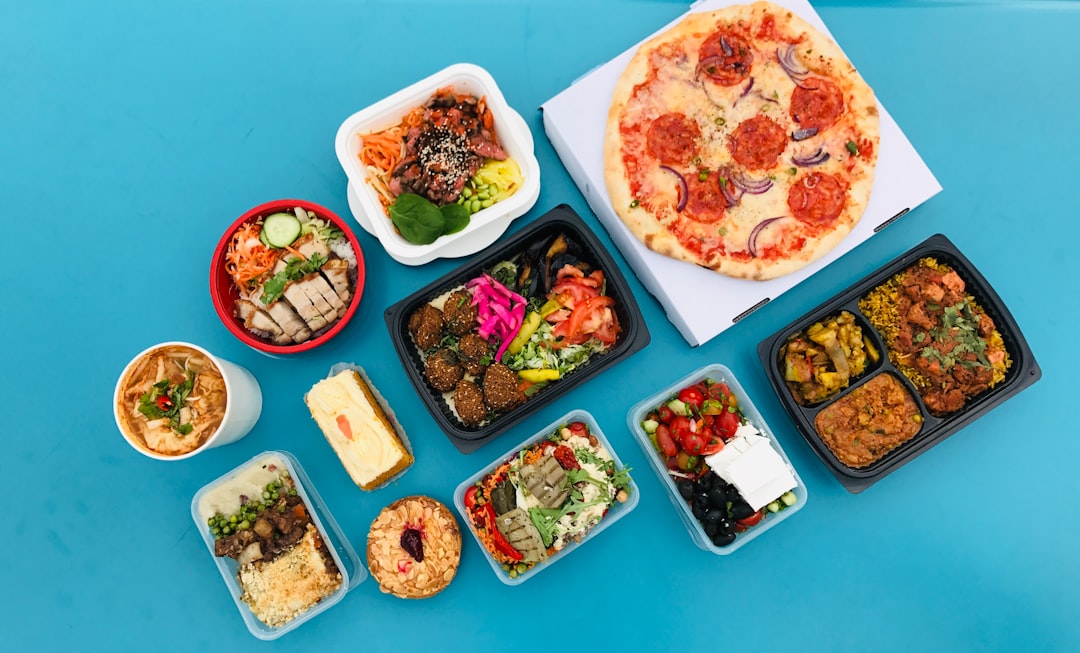Food processing is a vital step in transforming raw ingredients into safe and consumable products. Techniques like pasteurization, fermentation, and others play crucial roles in extending shelf life, enhancing safety, and improving the nutritional value of food. This blog post will delve into these methods, exploring their applications and benefits in the food industry.
Pasteurization
Pasteurization is a heat treatment process that destroys pathogenic microorganisms in foods and beverages, thereby preventing spoilage and foodborne illnesses. It is commonly used in the dairy industry to pasteurize milk, ensuring it is safe for consumption. Pasteurization involves heating the food to a specific temperature, usually below 100°C, and then cooling it quickly to prevent further microbial growth.
Types of Pasteurization:
-
High-Temperature Short-Time (HTST) Pasteurization: This method involves heating milk to 71.5°C for 15 seconds, providing a refrigerated shelf life of about two weeks.
-
Ultra-High-Temperature (UHT) Pasteurization: Milk is heated to 135-150°C for one to two seconds, allowing it to be stored without refrigeration for months.
Fermentation
Fermentation is an ancient method of food preservation that involves the action of microorganisms like bacteria or yeast. It not only extends the shelf life of perishable foods but also enhances their nutritional value and flavor. Fermentation creates an acidic environment that inhibits the growth of harmful bacteria, making fermented foods safe to eat even after long periods.
Examples of Fermented Foods:
-
Sauerkraut: Made by fermenting shredded cabbage, it is rich in vitamins and probiotics.
-
Yogurt: Fermented milk that contains beneficial bacteria for gut health.
-
Beer: Fermented from grains like barley, it is a popular beverage worldwide.
Other Food Processing Techniques
In addition to pasteurization and fermentation, several other techniques are used in food processing:
-
Canning: Involves heating food to a high temperature and sealing it in airtight containers to prevent spoilage.
-
Freezing: Reduces the temperature of food to below 0°C, slowing down microbial activity and preserving nutrients.
-
Drying: Removes moisture from food, preventing bacterial growth and extending shelf life.
-
Smoking: Exposes food to smoke to preserve it and enhance flavor.
Conclusion
Understanding food processing techniques is essential for appreciating the complexity and care involved in transforming raw ingredients into the diverse range of products available in markets today. From the heat treatment of pasteurization to the microbial action of fermentation, each method plays a vital role in ensuring food safety, quality, and nutritional value. By recognizing these processes, consumers can better appreciate the craftsmanship and science behind the food they enjoy.
Citations:
- https://www.ficsi.in/blog/different-types-and-methods-involved-in-food-processing/
- https://en.wikipedia.org/wiki/Pasteurization
- https://revolutionfermentation.com/en/blogs/fermented-vegetables/preserving-vegetables-fermentation/
- https://www.eufic.org/en/food-production/article/processed-food-qa
- https://microbeonline.com/pasteurization-food-preservation-method/
- https://fems-microbiology.org/femsmicroblog-food-preservation-by-fermentation/
- https://www.foodresearchlab.com/blog/new-food-product-development/various-types-and-methods-involved-in-food-processing/
- https://www.britannica.com/technology/pasteurization
- https://www.jetir.org/papers/JETIRDY06230.pdf

Comments
No comments yet. Be the first to comment!
You must be logged in to comment. Login